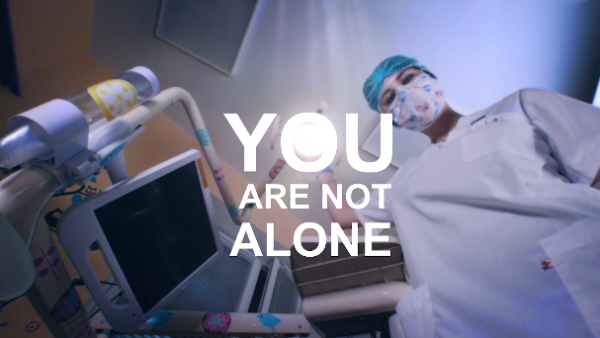Hear Clearly
Safety Tips to Prevent Hearing Loss
Dentists are exposed to the noise of handpieces and ultrasonic scalers, at levels of 60-99 decibels. While this level of noise presents only a minimal risk of hearing loss, sustained exposure can result in sensorineural hearing loss. Just as you tell your patients to brush and floss to prevent oral diseases, you can practice what you preach and adopt some preventive measures to preserve your hearing.
Sensorineural hearing loss is not reversible, but it is preventable. Exposure to high-frequency, noisy equipment is unavoidable in a dental practice, thus prevention is the key to protect and preserve your hearing.
Learn to recognize the symptoms and causes of this workplace hazard. Follow the easy and prudent tips at the end of the article to prevent hearing loss before it has even started.
Symptoms
Sensorineural hearing loss results in diminished intensity of conversation and other sounds, sound distortion, and difficulty understanding complex sounds. High tones are particularly difficult to hear, and enunciations of the letters s, f and z may not be heard at all. Furthermore, it may be difficult to hear conversation in a noisy room or where there is surrounding environmental noise. In some cases the hearing loss may be accompanied by tinnitus (ringing, buzzing or other noises in the ear). The degree of hearing loss may be mild, moderate or severe.
Causes
Sensorineural hearing loss is only one of several types of hearing loss. It is usually due to damage to the corti hair cells in the cochlea. The hair cells may be damaged by medications, infections, or trauma to the ear, but a common cause is the trauma of loud noises exceeding 90 decibels. Loud noises heard frequently or regularly, over a period of years, can gradually damage the hair cells.
An important factor for any dentist to consider is that you are exposed to the noise of dental equipment for 15-45 minutes at a time, several times a day, over a period of many years. Although the 90-99 decibel level of noise that is produced from some pieces of dental equipment may pose a relatively minimal risk to hearing, the daily exposure to that level, over years, may contribute to damage to the hair cells in the cochlea. In general, exposure for eight hours or longer to noise levels between 85-90 decibels is harmful. The diagnosis of a sensorineural pattern hearing loss is made through audiometry.
Tips for Preventing Noise-Induced Sensorineural Hearing Loss
- When using dental equipment, wear ear plugs or noise-cancelling (over-the- ear) headphones.
- In selecting dental equipment, consider its noise level as a factor in your purchasing decision
- Have your hearing tested to establish a baseline of the status
- Monitor your hearing acuity on a regular basis to have any problems correctly diagnosed and to benefit from early intervention
Other Resources:
- American Speech Language Hearing Association
- National Institute for Occupational Safety and Health (NIOSH)
The above content was taken from "Safety/Ergo Tips: Hearing Loss" that was developed through OSHA’s Alliance Program as a product of the OSHA and ADA Alliance. It’s intended for informational purposes only. It does not necessarily reflect the official views of OSHA or the U.S. Department of Labor.






